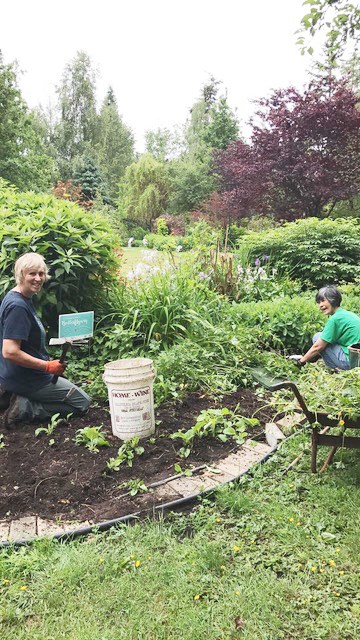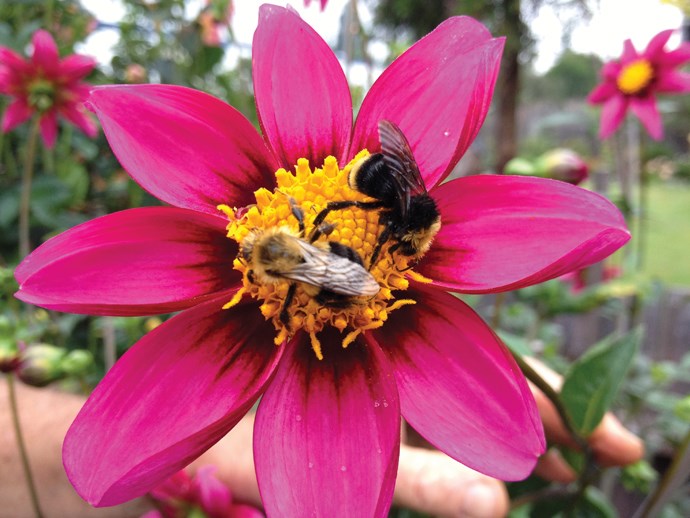I recently had the pleasure of showing a dozen four- and five-year-olds, from Oak Wisdom Learning Academy’s outdoor program, the beautiful gardens of Paulik Park.
One of the children noticed my Richmond Butterflyway Ranger T-shirt I was wearing and told me that his mother’s friend is also a Richmond Butterflyway Ranger. At that point, I realized we were making a difference.
These children wanted to know all of the plants that helped our pollinators. They told me how important bees, butterflies, hummingbirds and other pollinators are to our community.
With the removal of habitat by homeowners converting gardens into concrete wasteland and chemical treatments in our landscaping, many of our pollinators are in decline. Butterflyhabitat is somewhat complicated as they require host plants to lay their eggs and feed their larvae and then nectar plants to provide food for the adults.
In March, the David Suzuki Foundation began recruiting eager volunteers in Victoria, Richmond, Toronto, Markham and Montreal to be part of a Butterflyway Project to create highways of habitat for butterflies and bees right through our own neighbourhoods.
Members from the Richmond Garden Club stepped up to the challenge and assisted in constructing Butterflyways in Richmond’s Thompson, Steveston, Broadmoor, Shellmont, City Centre, Cambie West, Cambie East and East Richmond neighbourhoods.
City of Richmond’s Paulik Park was adopted by the Richmond Garden Club in 2008. Today, with approximately 20 Richmond Garden Club and community volunteers, we maintain the perennial flower beds in this beautiful park.
We have planted Butterflyway gardens, ensuring both the host plants and nectar plants are available in our butterfly habitat. Host plants such as mallow, hollyhock, snapdragons, sweet fennel, milkweed, willow and aspen trees give our little caterpillars lots to munch on.

Mixed in with our food source for caterpillars are the nectar plants to feed the adult butterflies. Verbena, common sunflower, purple coneflower, zinnia, yarrow, Joe Pye Weed, asters, phlox and many other plants keep our butterflies well fed.
While we work in Paulik Park, we enjoy watching the many pollinators buzz around us enjoying a nectar feast in amongst beautiful flowers. Colourful butterflies such as western tiger swallowtail, woodland skippers, Lourquin’s admiral, Anna’s and rufous hummingbirds, bumblebees with their legs full of pollen, and many different species of bees call Paulik Park their home. How lucky for us!
So out of the mouths of our four- and five-year-olds, we need to protect the homes of our pollinators to make sure that we have food for us to eat. You can build your own pollinator patch in your home garden. Visit Butterflyway.DavidSuzuki.org for more information about the Butterflyway Project.
Visit some of our Butterflyway Rangers who will be volunteering at the Sharing Farm’s Ninth Annual Garlic Festival, Aug. 20, 10 a.m. to 3 p.m., Terra Nova Rural Park.
Lynda Pasacreta is the president of the Richmond Garden Club. For more information visit RichmondGardenClub.ca



